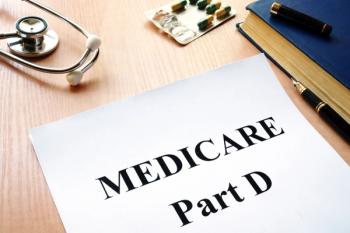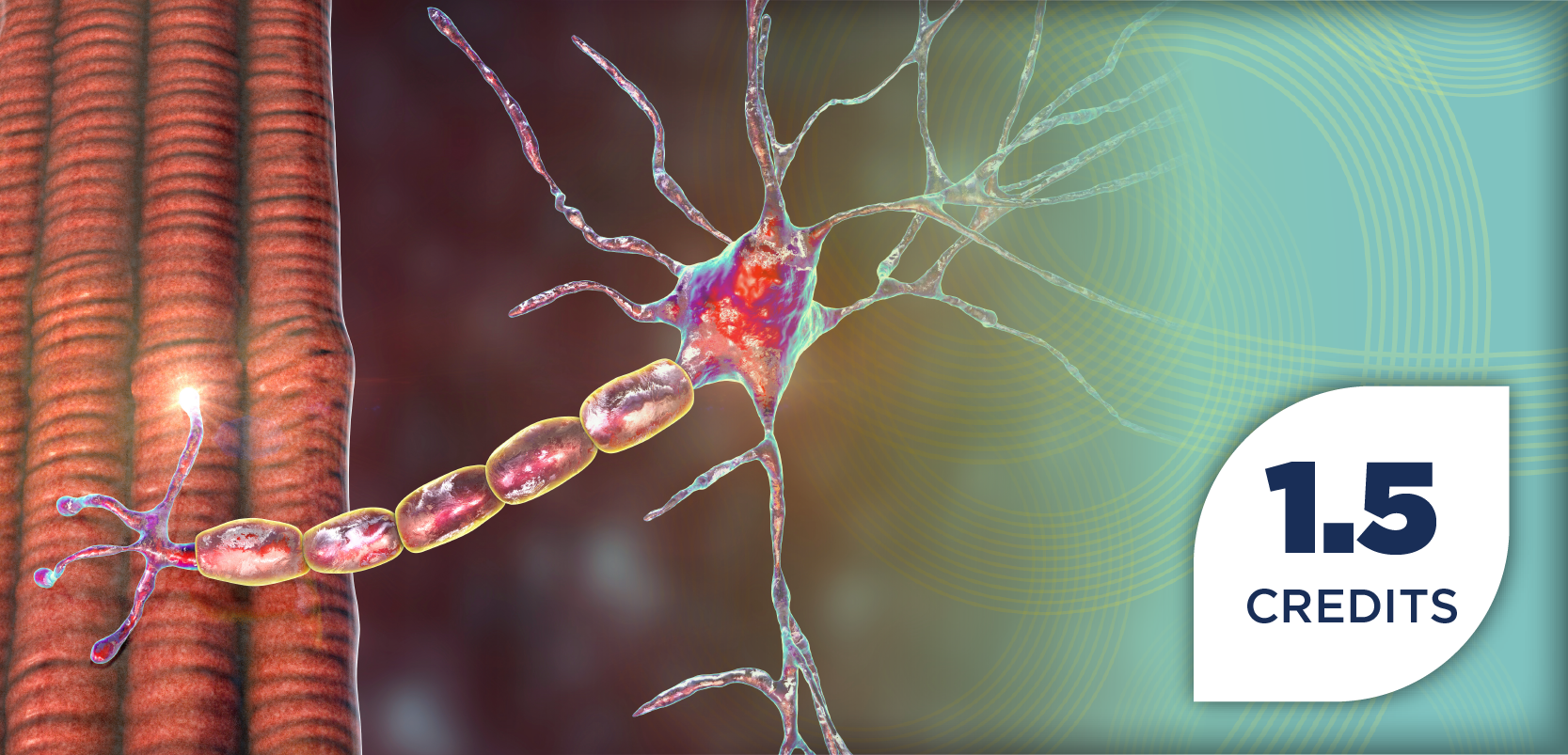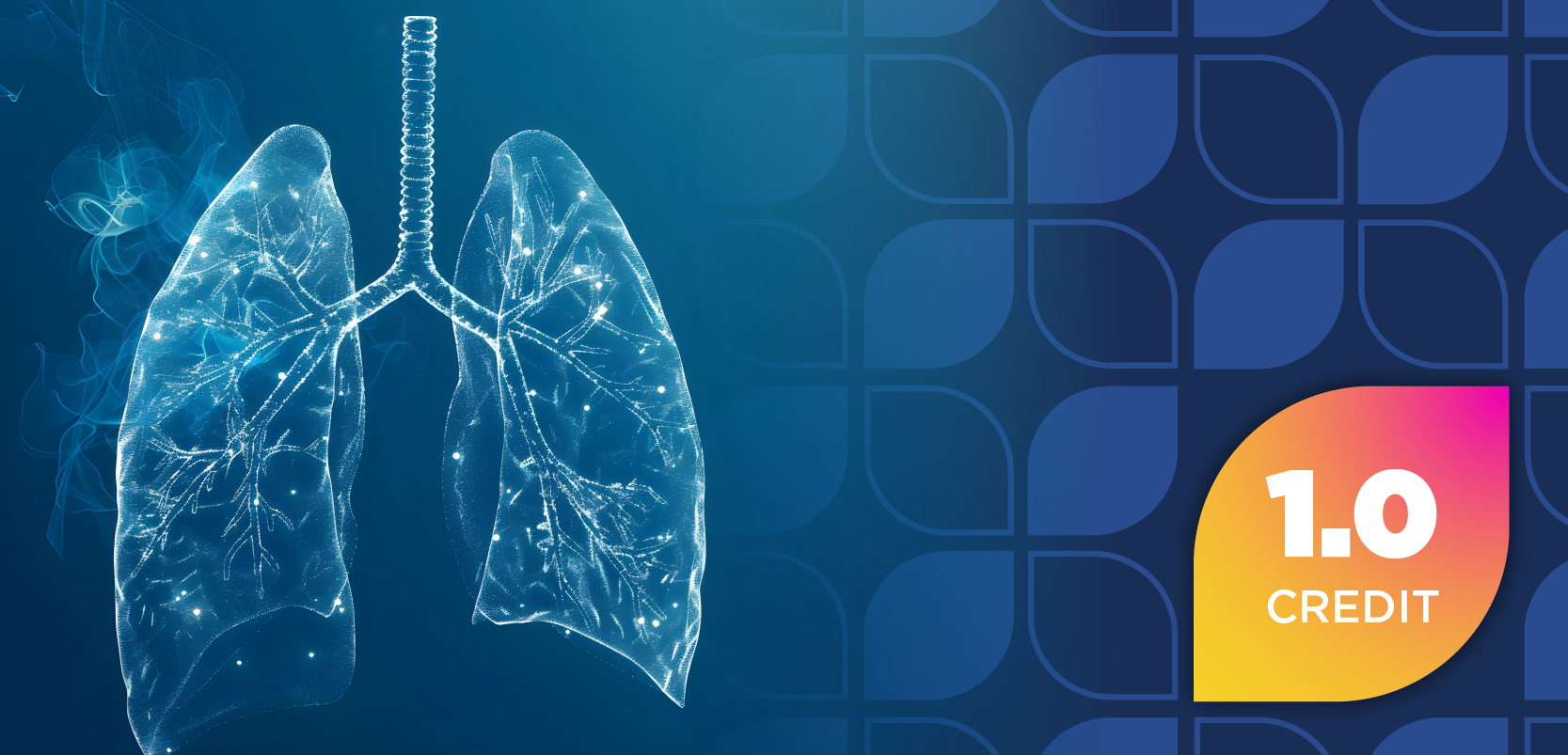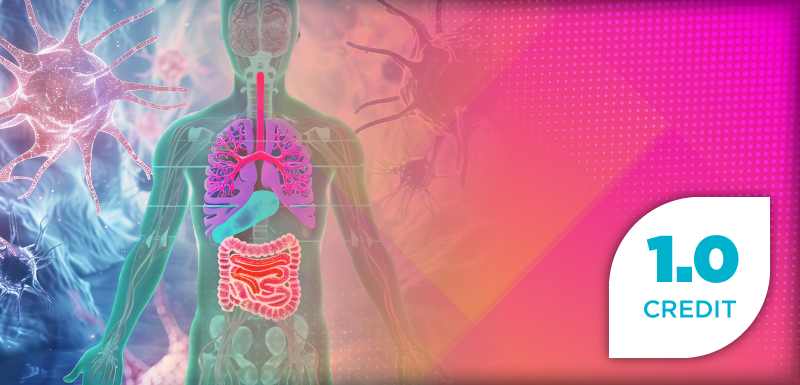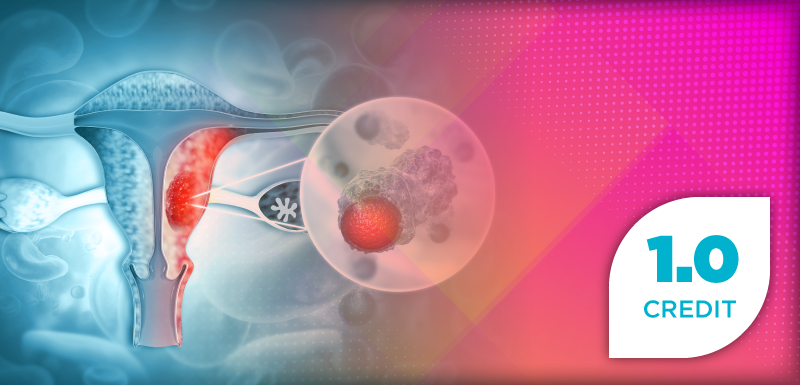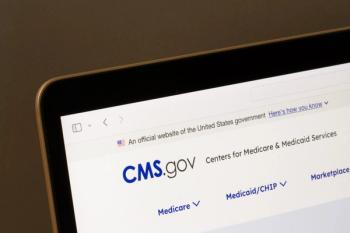
Community Pharmacies Motivated to Adopt Opioid Overdose Prevention Practices
Researchers measured current pharmacy practices and the future potential of practices geared toward reducing instances of opioid overdose.
A significant group of community pharmacies were motivated to adopt pharmacy practices focusing on the reduction of opioid overdoses, according to a survey published in the Journal of the American Pharmacists Association.1 Overall interest in overdose prevention practices was highlighted through pharmacies’ willingness to participate in state-subsidized programs.
“There are 2 clear avenues for the prevention of opioid overdose death: access to naloxone, the medication to reverse opioid overdose, and access to medication for opioid use disorder (MOUD),” wrote the authors. “MOUD includes methadone, buprenorphine, and naltrexone (buprenorphine/naloxone). All 3 are safe for treating opioid use disorder (OUD), and access to methadone and buprenorphine specifically can reduce opioid overdose deaths by 60%.”
In 2023, over 81,000 people died from opioid overdose with most cases observed in those 14 to 24 or over the age of 64. Black patients also had the highest burden of opioid overdose.1 The health care industry’s current safeguards for reducing opioid overdose exist within naloxone to reverse an overdose and in the ability of methadone, buprenorphine, and naltrexone to treat OUD.
However, access to overdose-reversing agents and MOUDs has been called into question as experts highlight inequities among race, locale, and more.
“Access to treatment for OUD remains a challenge in rural settings and communities of color,” wrote authors of a study published in the Journal of Studies on Alcohol and Drugs.2 “One contributing factor is the limited availability of health care providers equipped and willing to provide MOUD in those regions. Recent discussion has explored the role of pharmacies in enhancing access to MOUD within underserved areas as a result of broader pharmacy availability compared with other health care entities.”
READ MORE:
There currently exists a complex federal framework for how pharmacies are allowed to dispense MOUDs. While methadone, buprenorphine, and naltrexone are all cleared for the treatment of OUD, the only medications that pharmacists can dispense are buprenorphine and naltrexone. Methadone’s use as an MOUD must be in collaboration with a federally certified opioid treatment program.1
On top of federal barriers hindering MOUDs and naloxone access, pharmacies must still choose to dispense specific medications, which could owe to inequities across locales. As researchers noted previous studies measuring a lack of access, it led them to search for the meaning behind challenges that pharmacies face in providing opioid overdose prevention services and medications.
“To further document the opportunities for pharmacies to contribute to opioid overdose prevention, we sought to measure current pharmacy practices and likelihood of other future practices related to the reduction of opioid overdose,” they continued.1
They conducted telephone surveys with the pharmacist on duty at Arizona community pharmacies from August 1 to October 8, 2023. The survey was designed to gather responses based on MOUD stocking and dispensing, likelihood of methadone dispensing, interests in naloxone dispensing subsidized by states, and overall pharmacy characteristics.
Researchers began with a list of 954 pharmacies included within the analysis, but pharmacists from just 208 of them completed a survey and were included in the data.
“Just under half (48.5%) indicated interest in becoming a pharmacy that would stock and dispense state-subsidized naloxone,” they wrote.1 “A vast majority of pharmacies (93.8%) stocked buprenorphine 8mg films and 89.4% reported dispensing buprenorphine or naltrexone at least monthly. The majority of buprenorphine stocking pharmacies (72.8%) dispensed buprenorphine or naltrexone at least weekly.”
Access to naloxone and MOUDs has been historically challenging because of stigmas surrounding OUD, federal restrictions, affordability, and much more. However, this study highlights pharmacies’ willingness to bolster opioid overdose prevention programming.
Hopes of expanding access have also been relayed by individuals outside of pharmacy and the health care field. According to a paper published by the Brookings Institution in Washington, DC, federal initiatives for expanding access to overdose and addiction prevention programs have been enacted under the last 4 presidencies.3
Indeed, motivation to expand these services has been exhibited under legislation including the Mental Health Parity and Addiction Equity Act, the Affordable Care Act’s mental-health and addiction-parity components, the Substance Use Disorder Prevention that Promotes Opioid Recovery and Treatment for Patients and Communities Act, and more. However, current study authors still believe more research is necessary.1
“We consider MOUD dispensing (methadone and buprenorphine) and subsidized naloxone as an important combination of pharmacy practices to prevent opioid overdose death especially given pharmacy ubiquity throughout the U.S. and that 88.9% of the population lived within 5 miles of a community pharmacy,” concluded the authors.1 “An emerging group of pharmacies show potential for greater adoption of tripartite practices to reduce opioid overdose. Larger, multistate studies will help further define the latent class groupings of pharmacies for greater pharmacy practice intervention precision.”
READ MORE:
Ready to impress your pharmacy colleagues with the latest drug information, industry trends, and patient care tips? Sign up today for our
References
1. Meyerson B, Richter S, Gordon R, et al. Pharmacy harm reduction practices to help reduce opioid overdoses, Arizona 2023. JAPhA. Published online February 1, 2025:102348-102348. https://doi.org/10.1016/j.japh.2025.102348
2. Gustafson DH, Molfenter T, Kunes T, et al. Delivering MOUD to the underserved: How can pharmacies really help? JSAD. 2024;85(5):759-764. https://doi.org/10.15288/jsad.24-00150
3. Pollack H, Gastala N, Boodram B, et al. Expanding access to addiction treatment. Brookings Institution. December 6, 2024. Accessed February 19, 2025. https://www.brookings.edu/articles/expanding-access-to-addiction-treatment/
Newsletter
Pharmacy practice is always changing. Stay ahead of the curve with the Drug Topics newsletter and get the latest drug information, industry trends, and patient care tips.

